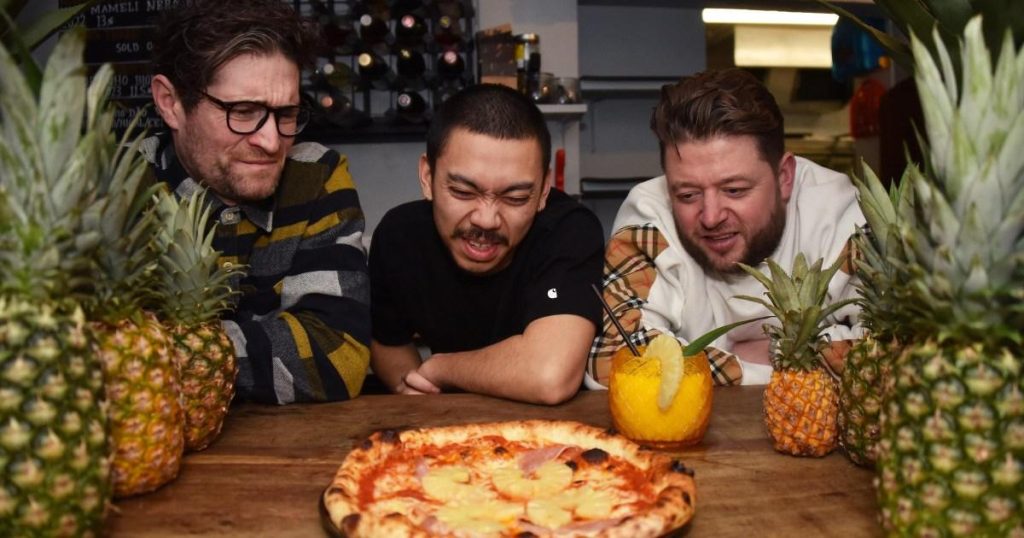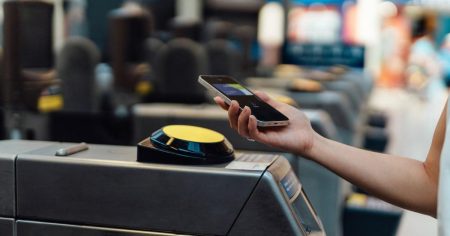The Pineapple Pizza Price Hike: A Culinary Controversy in Norwich
The culinary world is a tapestry woven with diverse tastes and preferences. While disagreements about food combinations are commonplace, a Norwich-based pizzeria, Lupa Pizza, has ignited a fiery debate by setting a staggering £100 price tag on their Hawaiian pizza. This bold move stems from the owners’ aversion to the tropical fruit adorning their carefully crafted pies. The restaurant’s stance has sparked a whirlwind of reactions, ranging from amusement to outrage, prompting the question: Is it a clever marketing ploy or a genuine culinary rebellion?
Lupa Pizza, co-owned by Francis Woolf and helmed by head chef Quin Jianoran, has made their position crystal clear: pineapple doesn’t belong on pizza. Woolf’s emphatic declaration of "absolute loathing" for the combination, coupled with Jianoran’s colorful comparison of pineapple to a "tropical menace," leaves no room for misinterpretation. Their Deliveroo listing reinforces this sentiment with a tongue-in-cheek message accompanying the £100 Hawaiian pizza, daring customers to order the controversial dish alongside a bottle of champagne.
Established in June of the previous year, Lupa Pizza prides itself on catering to a wide range of palates, offering customizable pizzas and innovative monthly specials. Their culinary creations, featuring ingredients like beef shin rendang and garlic whipped tofu, showcase a commitment to experimentation and pushing boundaries. However, this openness to culinary exploration stops short at the pineapple-pizza frontier.
The controversy surrounding Lupa Pizza’s pricing strategy has extended beyond local chatter, reaching online platforms and social media discussions. In an attempt to address the uproar and gauge public opinion, the restaurant launched an online poll, posing the age-old question: "Does pineapple belong on pizza?" The results of this poll promise to influence the future availability of the Hawaiian pizza on their menu. Should the "yes" vote prevail, Lupa Pizza has pledged, albeit reluctantly, to offer the Hawaiian pizza as a monthly special. However, chef Jianoran hinted at the possibility of a further price hike to £200, underscoring the restaurant’s unwavering stance against the pineapple-pizza combination.
The pineapple-on-pizza debate has raged for decades, dividing pizza enthusiasts into staunch pro-pineapple and anti-pineapple camps. While arguments for its tropical sweetness and textural contrast exist, detractors often cite its perceived incompatibility with savory pizza toppings and the potential for excessive moisture. Lupa Pizza’s bold pricing strategy has thrust this ongoing debate into the spotlight, highlighting the passionate opinions surrounding culinary preferences.
Lupa Pizza’s decision to charge £100 for a Hawaiian pizza raises several questions about the interplay of personal taste, business strategy, and public perception. Is it a legitimate expression of culinary philosophy or a publicity stunt designed to generate buzz? While the restaurant’s owners maintain their genuine dislike for pineapple on pizza, the exorbitant price tag inevitably raises eyebrows and invites speculation about underlying motives. Regardless of the intent, the move has undeniably succeeded in attracting attention and sparking conversations about culinary boundaries.
The restaurant’s approach also raises questions about the balance between catering to customer preferences and upholding culinary principles. While customer satisfaction is generally paramount in the food service industry, Lupa Pizza has chosen to prioritize their culinary vision, even if it means alienating a segment of their potential clientele. This decision highlights the tension that can arise between accommodating popular demand and maintaining artistic integrity.
The Lupa Pizza saga provides a fascinating case study in the intersection of food, business, and public discourse. It underscores the power of personal preferences in shaping culinary landscapes and the ripple effects that seemingly minor culinary choices can have in the digital age. Whether viewed as a principled stand or a marketing gimmick, Lupa Pizza’s pineapple pizza pricing has ignited a conversation that extends far beyond the borders of Norwich. The ultimate outcome of this culinary controversy remains uncertain, but one thing is clear: the pineapple-on-pizza debate is far from settled. As the online poll progresses and the fate of the Hawaiian pizza at Lupa Pizza hangs in the balance, the world watches with a mixture of amusement and intrigue, eager to witness the resolution of this culinary clash of wills.











